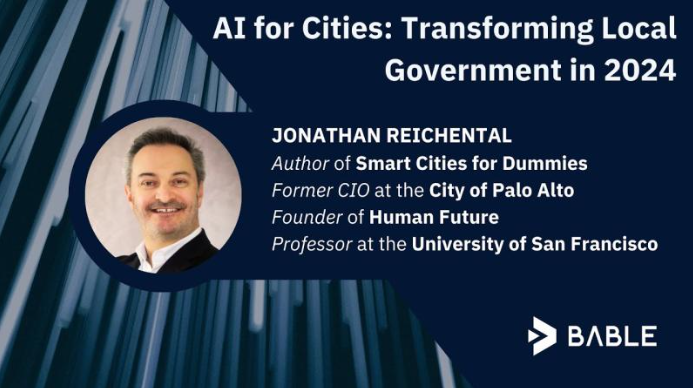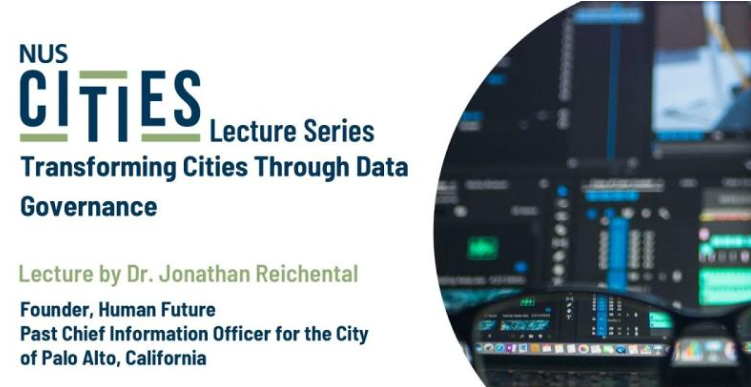5 Steps to Jumpstart an Open Data Capability
Making your agency’s data easily accessible to community members and computer applications has the potential to be a public sector game-changer. We call this process and capability: open data. In addition to increasing transparency and accountability–which can lead to greater trust with constituents–open data can enable innovators to build useful applications; analysts to find helpful insights; and innovators to create derivative value. Done right, there is little downside and a high-value upside. Looking across the U.S. today, we’re seeing an increasing number of federal, state, and local agencies embrace an open data future.
However, despite all the advantages, many agencies are deterred from implementation because open data has the appearance of being complex and expensive. At the City of Palo Alto, we deployed our initiative in just a few weeks and at very low cost. Here are the five general steps that we performed. Follow these and your agency could quickly be serving up data to your community.
1. Begin the discussion and get buy-in
In my view, there is no doubt that this is the most important step. Much like any project, if leadership doesn’t get the idea and its value, you are at a significant disadvantage from the outset. Start with an overview of open data. Reinforce it through multiple channels. Facilitate a discussion with your agency leaders. Initially focus on the transparency and accountability qualities (the monetary benefits will likely come later). Get your technology team on-board. Be sure to attain a few champions from across the organization. Ask leadership for support to move forward.
2. Formulate short and medium term plans
By this step, your agency is well underway with its open data project. You will want to acquire some early success, so keep the goals modest and measurable in the short-term. A reasonable plan may take the form of getting a few, non-controversial datasets on your agency website with an accompanying communications plan to get your community engaged. A medium-term plan will likely include posting some of the more valuable datasets such as agency financials. Leave long-term plans as more of a visionary stage. It’s too soon to understand the ultimate impact of open data.
3. Identify your first, easy datasets
The question I get most often is whether open data first-movers are concerned about information privacy. You bet we are! In reality, the bulk of agency data doesn’t have a privacy quality to it. This is data that is fully subject to applicable disclosure laws and is already recognized as useful to your community. In your work to get your open data project up and running quickly, find the datasets that are easy to attain and to the extent possible, have no controversial aspect to them. Fortunately, in an era of deficits, it’s comforting to know we have a surplus of data.
4. Identify a platform
I’ll dispel another myth now. You don’t need complex and expensive software to get your open data platform deployed. In fact, your open data platform could be as simple as a single webpage with a table of links. Don’t get stalled by analyzing the marketplace and then struggling with an extensive procurement process. Sure, there is now a healthy amount of competitors in this space including some open source (usually free and community-built) solutions. Proceed as appropriate for your agency, but don’t be deterred by the technology.
5. Learn and repeat
Moving fast with any project means making trade-offs. The most notable trade-off is having a less-than-perfect product on day one. Some capability–albeit likely somewhat flawed—may be the right price to pay for getting features quickly into the hands of users. That’s a core principle of the start-up community in Silicon Valley and its one that government could benefit from. Once the product is in place, go back and fix issues and implement missing features. Of course, let your community know that this is the approach. They will likely be happy to be part of this iterative feedback process. And of course, continuously learn what works and what doesn’t work along the way.
If you’re uncomfortable with any parts of the plan I’ve laid out above, then to some degree I’ve succeeded. Doing things differently and challenging the status quo should look and feel strange.
The future of successful government requires that we do a lot of things differently.
+++++++++++++++++++++++++++++++++++
Check out Palo Alto’s open data initiatives:
http://data.cityofpaloalto.org
http://data.cityofpaloalto.org/openbudget

